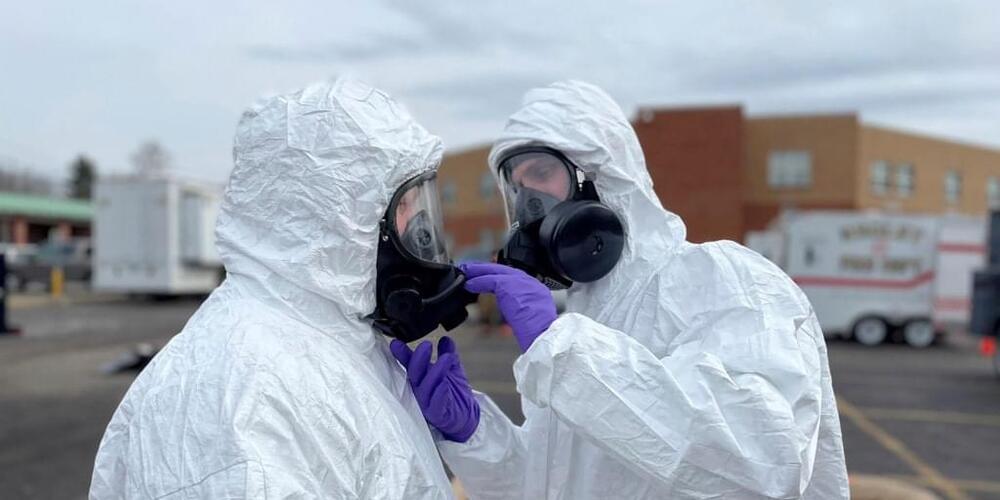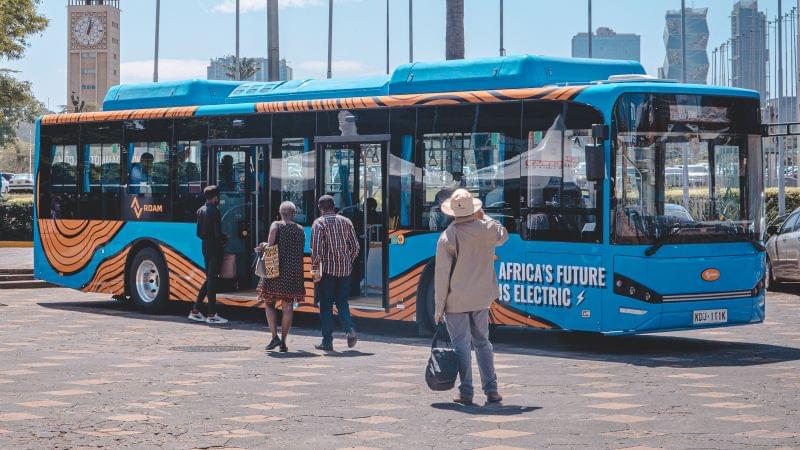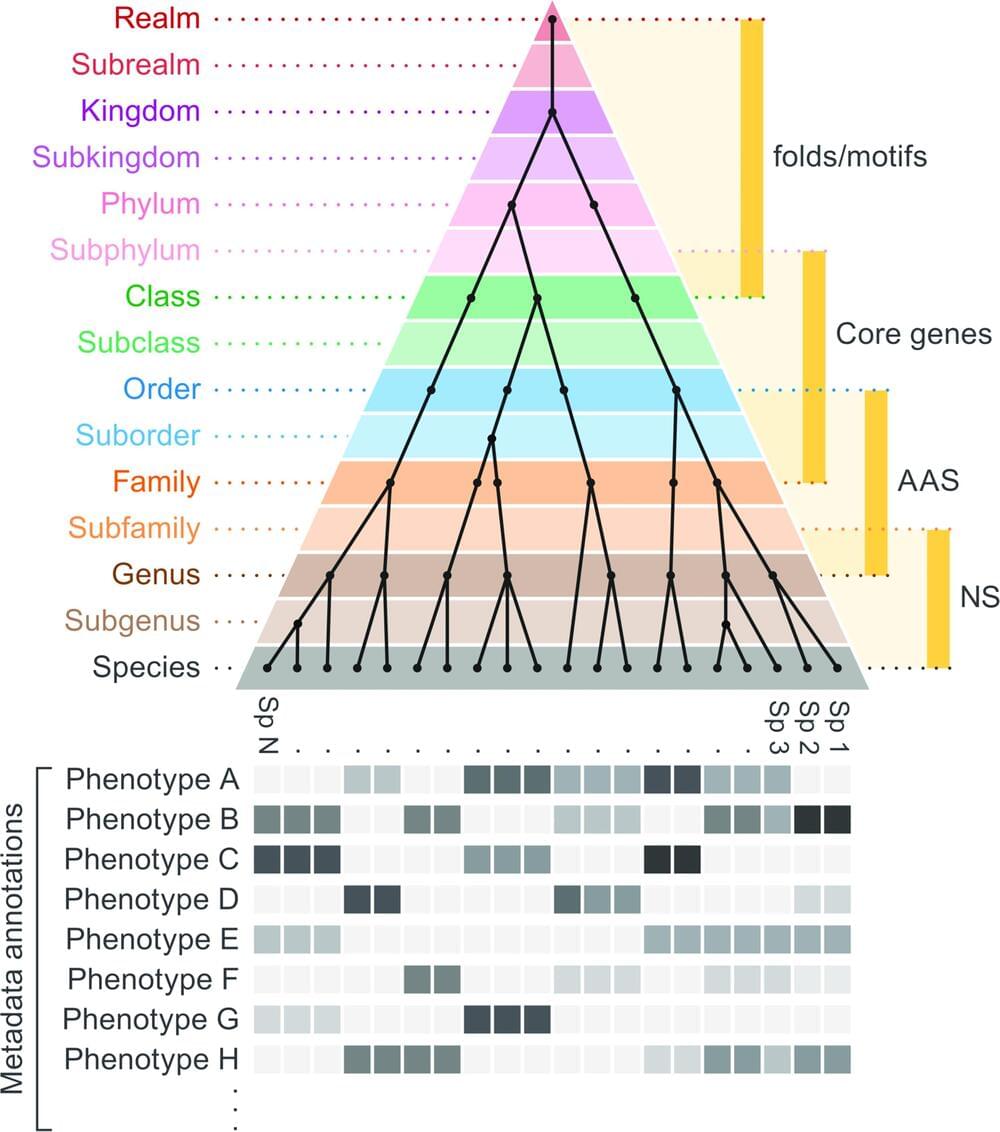Some people who live near the derailment site in East Palestine, Ohio, fear they and their animals may be exposed to chemicals through the air, water and soil.



The Turkish butcher has since shared with fans exactly how he’s going to support those affected by the earthquake. See the food prep here:

Israeli scientists have developed a substance that overcomes antibiotic resistance by “pricking bacteria to death,” researchers at Ben Gurion University told the Times of Israel on Friday, in a breakthrough that could help combat a major threat to global health.
The substance contains “nano needles” which have a lethal effect on bacteria, and will be developed into topical creams and antibacterial coatings for surfaces, the scientists said, noting that it has shown 90% effectiveness in killing antibiotic-resistant bacteria in lab conditions.
When bacteria stop being affected by antibiotics, it is known as antibiotic resistance, and these pathogens are sometimes colloquially called superbugs.

ICON has also completed a series of 3D-printed homes in Tabasco, Mexico. The company partnered with charity New Story in order to build 500 square-foot (47 square-metre) houses for families in need of shelter.
This community of homes withstood a 7.4 magnitude earthquake in June 2020 with no visible damage.
The Texan construction technology company is collaborating with BIG on a robotic construction project for the Moon.
Construction technology company ICON is making four 3D-printed houses in Austin, Texas, from concrete that’s designed to cope with extreme weather.

Electric buses could help solve the problem. Today Bhattacharya is the CEO and co-founder of BasiGo, a mobility startup racing to electrify the city’s buses. The company is not alone. Swedish-Kenyan electric vehicle manufacturer Roam also has its eyes set on Nairobi’s mass transport sector. Both are rolling out fleets of buses this year that could mark the start of a new chapter for city’s famous matatu culture.
During the early days of the coronavirus pandemic in Nairobi, Kenya, something improbable happened: a mountain appeared. To curb the transmission of the virus, authorities called on the city’s thousands of private bus operators to cease trading. “Within three days, the air completely cleared,” recalls entrepreneur Jit Bhattacharya. “You could see Mount Kenya … crystal clear,” some 90 miles away.
Bhattacharya also saw an opportunity. Kenya produces 90% of its electricity from renewable sources – mostly geothermal and hydropower – and has surplus grid capacity, yet it imports nearly all its petroleum fuels. What if clean energy could be channeled into the transport sector? Maybe it could help the city clean up its act. Maybe Mount Kenya could become a permanent feature for Nairobi once more.
The Kenyan capital is home to over five million people, and matatus, privately owned minibuses and shared taxis, “are critical to the way people in Nairobi get around,” explains Christopher Kost, Africa program director at the Institute for Transportation and Development Policy. “In the city, we have 40% of trips on public transport.”

Meta Platforms Inc.’s shares soared more than 20%, on track for their biggest gain in 10 years, after Chief Executive Officer Mark Zuckerberg announced plans to make the social media giant leaner, more efficient and more decisive.
The stock rose in trading after New York markets closed on Wednesday. If the gains hold, the move would be the biggest intraday jump since July 2013. Meta is the best performer in the S&P 500 Index since the stock’s recent November 3 closing low of $88.91, and is poised to more than double in value since then.

The Philippine Coast Guard has accused a China Coast Guard ship of pointing a “military grade” laser at some of its crew, temporarily blinding them, aboard a vessel in contested waters of the South China last week.
The Chinese ship also “made dangerous maneuvers” in approaching within 150 yards (137 meters) of the Philippine vessel, the Philippine Coast Guard alleged in a statement posted on its official Facebook page, with photos purporting to show the laser’s green beam.
The incident allegedly occurred on February 6 near Ayungin Shoal, also known as Second Thomas Shoal, in the Spratly Islands chain, known in China as the Nansha Islands. China calls the shoal Renai Reef.

Though no one died in the accident, the catastrophe serves as a wake-up call to the potential for more deadly freight rail derailments, public health advocates warn. By one estimate, 25 million Americans live in an oil train blast zone, and had the derailment occurred just a few miles east, it would be burning in downtown Pittsburgh, with tens of thousands of residents in immediate danger.
Ineffective oversight and a largely self-monitoring industry that has cut the nation’s rail workforce to the bone in recent years as it puts record profits over safety is responsible for the wreck, said Ron Kaminkow, an Amtrak locomotive engineer and former Norfolk Southern freight engineer.
“The Palestine wreck is the tip of the iceberg and a red flag,” said Kaminkow, who is secretary for the Railroad Workers United, a non-profit labor group that coordinates with the nation’s rail unions. “If something is not done, then it’s going to get worse, and the next derailment could be cataclysmic.”

The official body charged with virus classification has released four new principles that bring order to the viral world. This provides a unified framework that will enable all viruses to be classified, something vitally needed as genome technologies continue to discover millions of new virus species.
Since the ancient civilizations of Greece and Egypt, humans have attempted to classify life on Earth by putting organisms into related groups to understand life and infer relationships.
This classification of life, or taxonomy, took a giant step forward in the 18th century when Swedish botanist Carl Linnaeus established a hierarchical classification system that grouped organisms based on common characteristics. Significantly, he developed a Latin naming system that described each organism by group (genera) and specific name (species). Higher ranks brought related genera together into families, families into orders and so on through classes, phyla and kingdoms.

Engineers from Caltech have discovered that Leonardo da Vinci’s understanding of gravity—though not wholly accurate—was centuries ahead of his time.
In an article published in the journal Leonardo, the researchers draw upon a fresh look at one of da Vinci’s notebooks to show that the famed polymath had devised experiments to demonstrate that gravity is a form of acceleration—and that he further modeled the gravitational constant to around 97 percent accuracy.
Da Vinci, who lived from 1,452 to 1,519, was well ahead of the curve in exploring these concepts. It wasn’t until 1,604 that Galileo Galilei would theorize that the distance covered by a falling object was proportional to the square of time elapsed and not until the late 17th century that Sir Isaac Newton would expand on that to develop a law of universal gravitation, describing how objects are attracted to one another. Da Vinci’s primary hurdle was being limited by the tools at his disposal. For example, he lacked a means of precisely measuring time as objects fell.